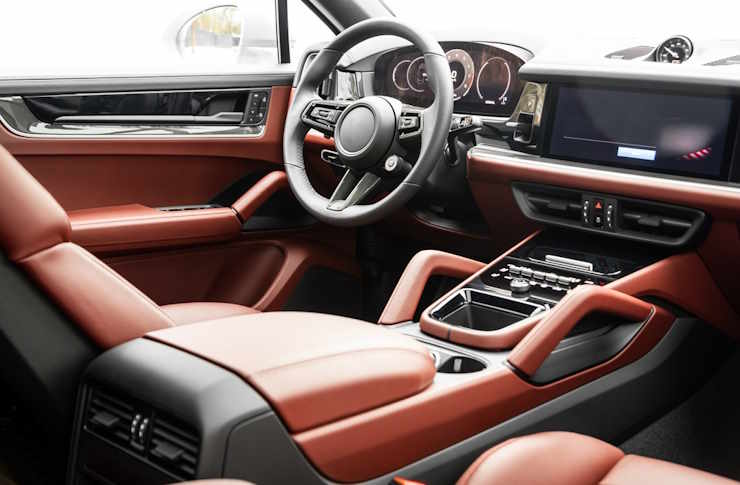The Intricate Dance of Gear Ratios: The Unsung Hero of Automotive Performance
In a world where technological advancements dominate the automotive landscape, there's an unsung hero silently shaping the driving experience: gear ratios. While it may not steal the spotlight, understanding the critical role gear ratios play in a vehicle's performance can offer a unique perspective on the driving experience.

A Glimpse into the Past: The Genesis of Gear Ratios
Gear ratios have been a fundamental part of automotive engineering since the dawn of motoring. The earliest horseless carriages employed rudimentary gear systems to transfer power from the engine to the wheels. As the complexity of vehicles increased, so did the intricacy of gear systems, with engineers continually refining gear ratios for optimal performance and fuel efficiency.
The Technical Ballet: How Gear Ratios Work
Gear ratios are the heart of a car’s transmission, determining how many times the output shaft of the transmission spins relative to the input shaft. In simpler terms, they control the frequency of wheel rotation for every engine cycle, impacting acceleration, top speed, and fuel economy. A lower gear ratio provides more torque for swift acceleration but limits top speed, while a higher gear ratio allows for greater speed but reduces torque.
The Contemporary Scenario: Gear Ratios in Modern Vehicles
Modern vehicles employ a range of gear ratios in their transmission systems to strike a balance between performance and efficiency. Today’s transmissions are designed to shift to the optimal gear ratio for any given situation, ensuring smooth acceleration, efficient cruising, and responsive overtaking maneuvers. The advent of Continuously Variable Transmissions (CVTs) has taken this to a new level, offering an infinite range of gear ratios for seamless power delivery.
The Impact: Gear Ratios and the Driving Experience
Gear ratios have a profound impact on how a car feels and performs. They influence the car’s acceleration, its ability to climb hills, and the speed it can maintain on the highway. A car with well-chosen gear ratios can feel responsive and lively, while poorly chosen ratios can make a car feel sluggish or overstrained. The precision with which automotive engineers select these ratios is a testament to their dedication to creating the best possible driving experience.
Looking Ahead: The Future of Gear Ratios
The future of gear ratios lies in the continued pursuit of efficiency and performance. As engineers continue to refine transmission technologies, we can expect to see gear ratios that adapt even more precisely to driving conditions. The goal is to create vehicles that deliver optimal performance at all times, maximizing both enjoyment and efficiency.
In conclusion, gear ratios may not be the most glamorous aspect of automotive technology, but their influence on the driving experience is undeniable. Their role in shaping a vehicle’s personality and performance is a testament to the intricate dance of engineering that goes into every car. As we continue to push the boundaries of automotive technology, the silent symphony of gear ratios will continue to play a critical role.




